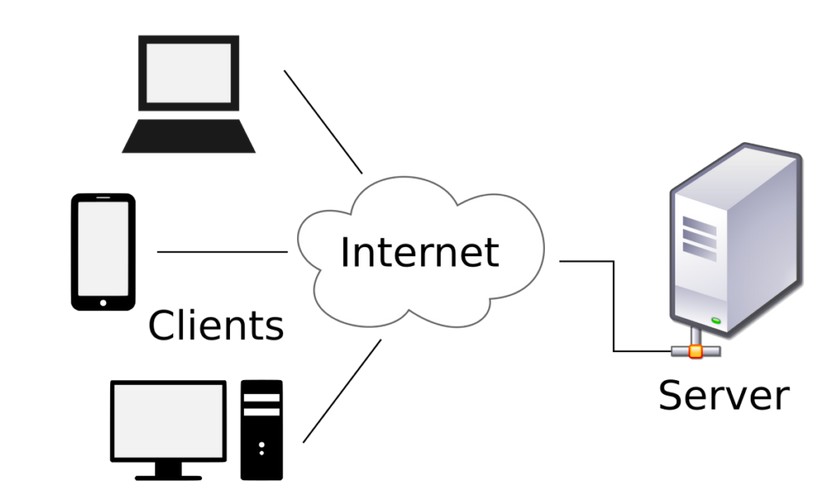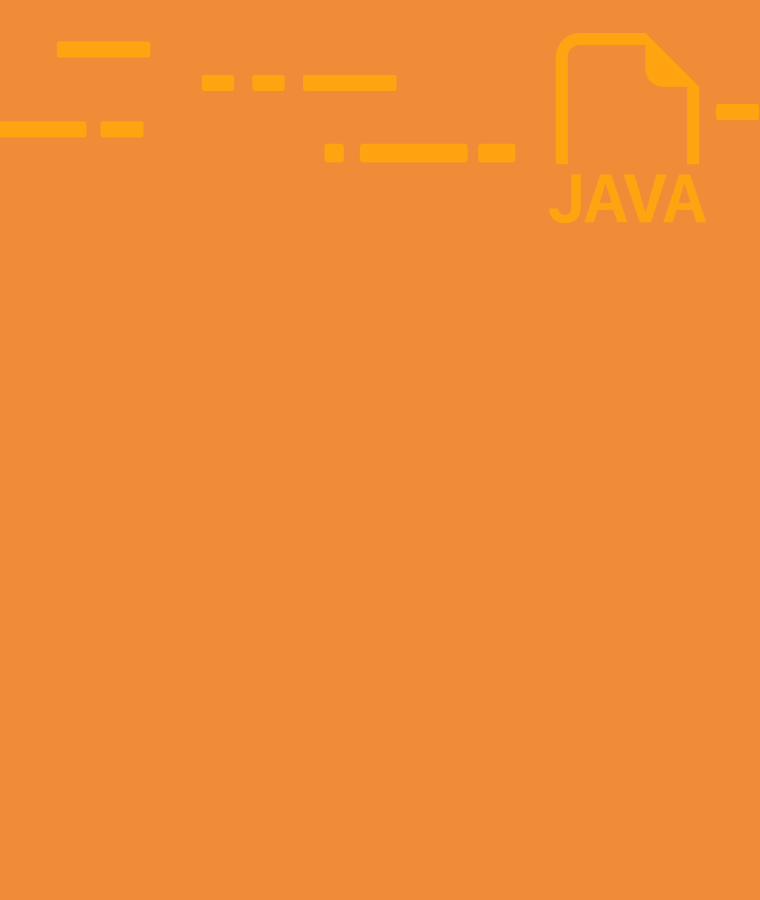
What is a server and how does it work?
If you’ve ever wondered how websites and applications work, you’ve come to the right place. In this blogpost, we’ll take a deep dive into the world of servers and server-side programming languages.
A server is a computer that provides services to other computers. It’s like a concierge in a hotel, who helps guests with their requests. Servers can be used for a variety of purposes, such as hosting websites, storing files, or running applications. In this blogpost, we’ll take a closer look at server-side programming languages and how they can be used to build powerful web applications.
Server and client – two (needed parts) in this relationship
To understand the different types of servers, it’s important to first understand the client-server relationship. A client is a computer program that accesses a service made available by a server. The client and server communicate with each other using a set of protocols. So in this context, the client is not a customer in the traditional sense, but rather one party in a relationship making a request to another.

Protocols? What?
A protocol is a set of rules that govern how two or more devices communicate with each other. You can think of it like the rules of a sport – for example, in basketball, there are rules about how the ball can be passed, how players can move, and how points are scored. In the same way, protocols define how data is exchanged between devices.
While we won’t go into too much technical detail, it’s helpful to know some common protocols used in client-server relationships. These include:
- HTTP (Hypertext Transfer Protocol) which is used by web servers
- SMTP (Simple Mail Transfer Protocol) which is used by email servers
- FTP (File Transfer Protocol) which is used by file servers
How many types of server do exist
There are many different types of servers, each with its own purpose. Here are a few of the most common:
- Web server: This type of server is used to host websites. It stores the files that make up a website and delivers them to visitors when they request them.
- File server: This type of server is used to store and share files. It can be used to store files for a company or organization, or to allow multiple users to access the same files from different locations.
- Application server: This type of server is used to run applications. It can be used to host a variety of applications, such as email, customer relationship management (CRM), or enterprise resource planning (ERP) software
- Database server: This type of server is used to store and manage data. It can be used to store data for a website, application, or company.
What languages do the “server-people” know?
Let’s be honest, working with servers requires a specific set of tech skills. Just like you need SQL to get data from databases or data warehouses, or you could use Python if you work in finance, servers also require a set of basic languages that you need to know.
These languages, such as PHP, Python, Java, or JavaScript, will help you understand what your technical team is talking about when they mention the server.


